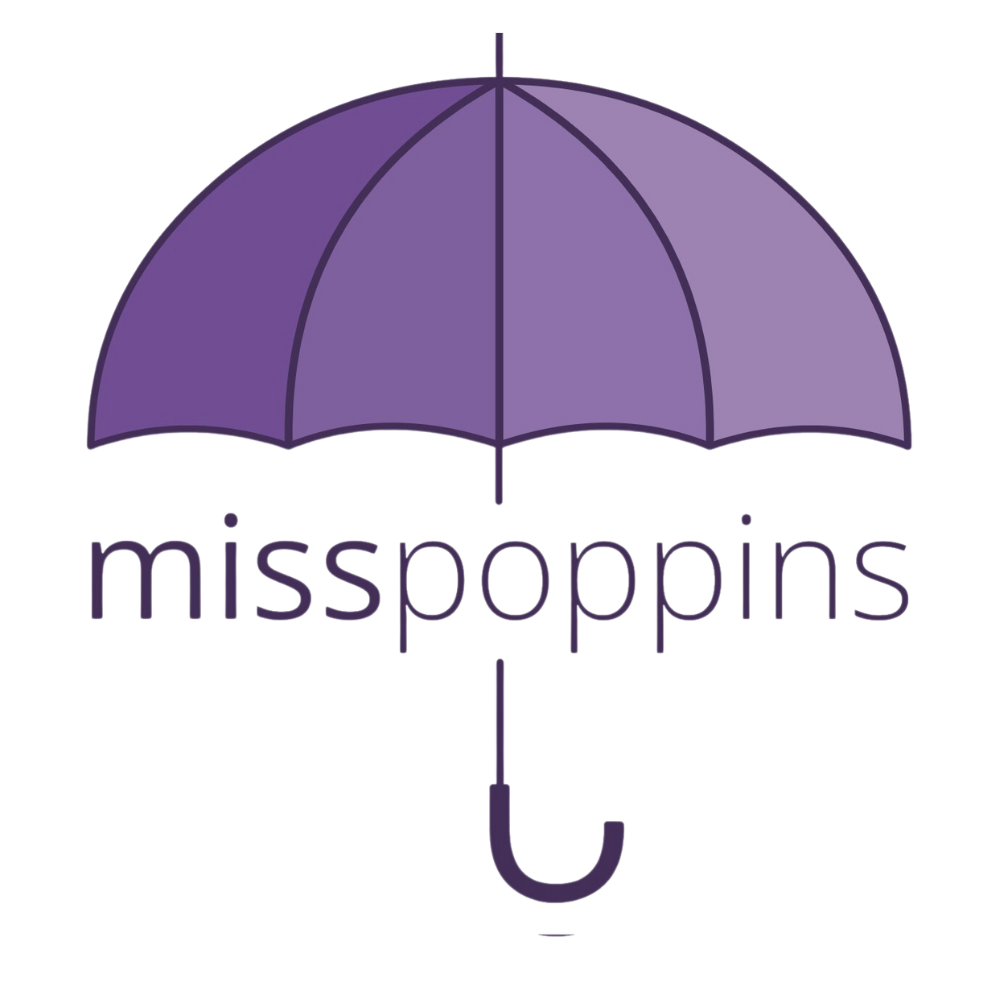Why Sleepy Cues Are So Important
4 TO 12 WEEKS
Each baby has their own unique sleepy cues and learning them early on can help you and your baby have smoother bedtime and nap transitions. Before crying or becoming fussy, your baby actually provides subtle cues to tell you that it’s time for sleep. These cues are your baby’s way of communicating with you.
Babies ages 1 to 3 months have a 60 to 90-minute “awake” window. This means they will most likely be awake after napping for a range of 60-90 minutes at a stretch. Monitoring the clock will help you know when to look for those naptime cues. For example, if your baby woke from a nap at 10:00 am, they will most likely be ready for another rest around 11:00 am or 11:30 am. If you can catch your baby’s early warning signs, then it will be a lot easier to get them down for sleep. You can use your notebook to keep track of your own baby’s wake windows and see if you can identify a daily pattern that can help you plan your day a little bit.
EARLY CUES: YOUR BABY IS GETTING SLEEPY
Blank Stare
Averts gaze
Redness around the eyes
Turns head away from you (and any stimulation)
WARNING: YOUR BABY NEEDS TO GO TO SLEEP NOW
Yawning
Rubs Eyes
Pulls Ears
Fussing
DANGER ZONE: BABY IS OVERTIRED!
Making Fists
Hysterical Crying
Rigid Body
Arches Back

